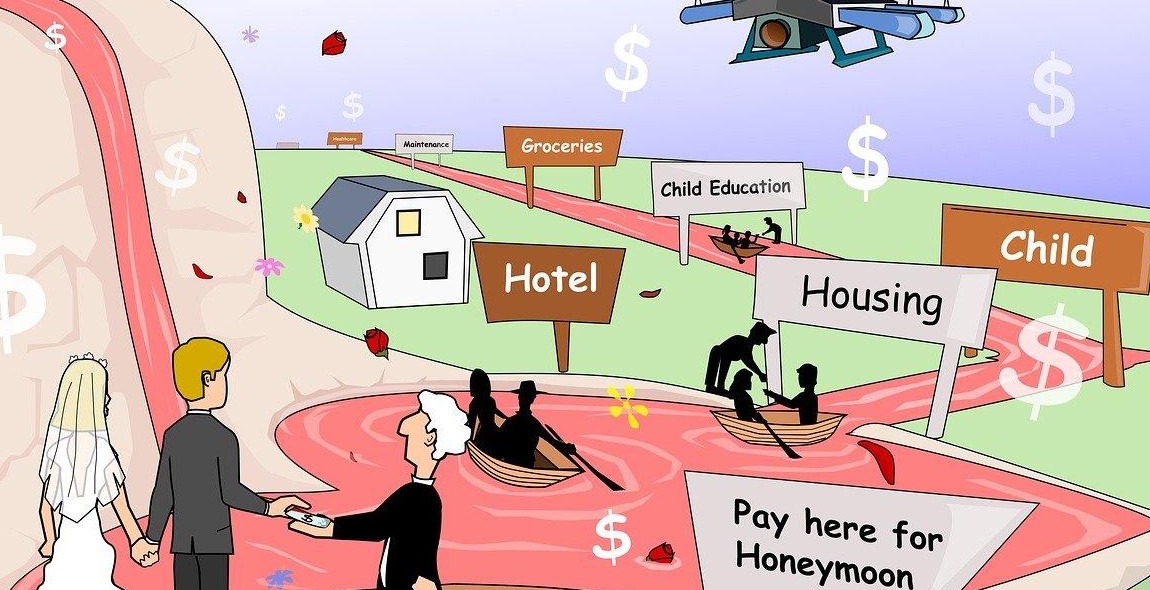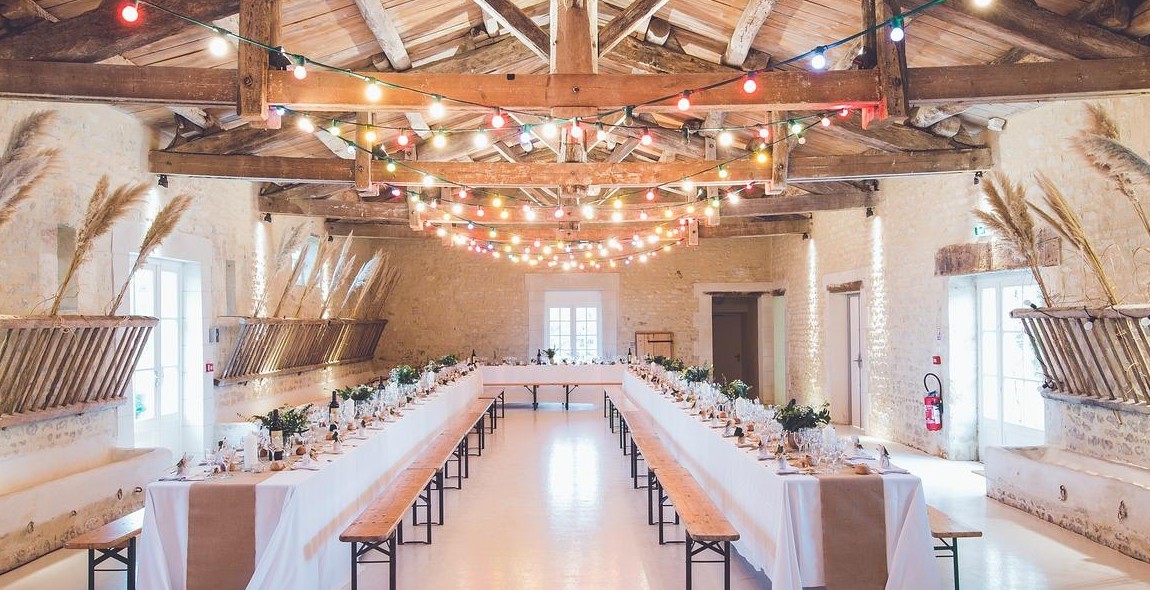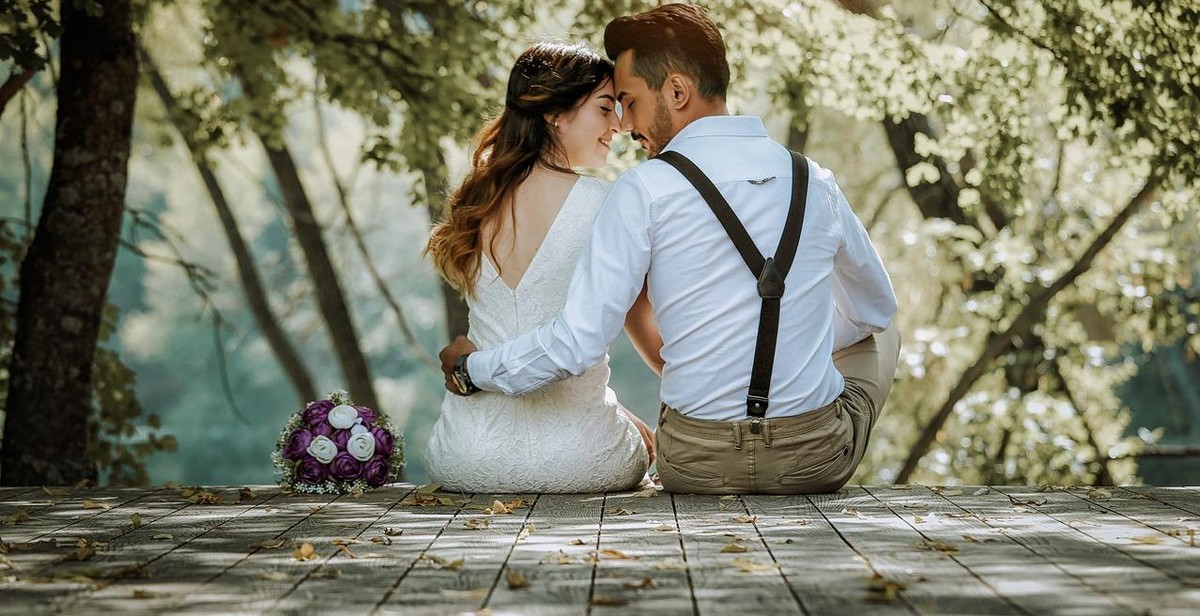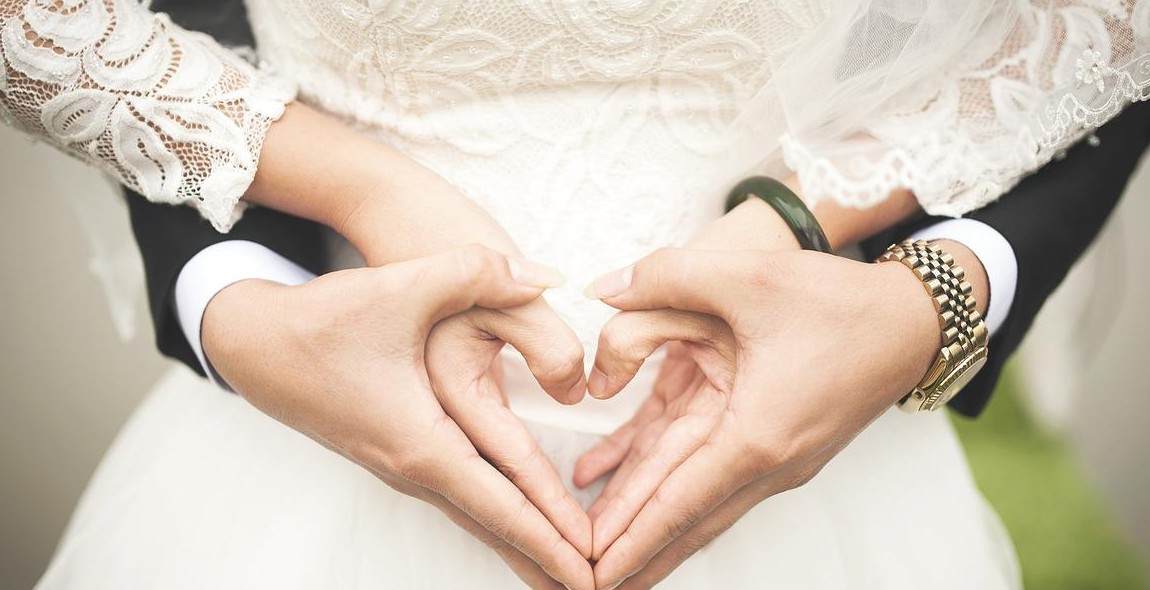How to Plan a Wedding: Step-by-Step Guide to Organizing Your Special Day
Planning a wedding can be overwhelming and stressful, but with the right guidance and organization, it can also be a fun and exciting experience. As a professional wedding planner with over a decade of experience, I have seen it all – from the most extravagant affairs to intimate gatherings. In this step-by-step guide, I will share my personal experience and expertise to help you plan and organize your special day with ease.
Why Plan Ahead?
One of the most important aspects of planning a wedding is to start early. The earlier you start, the more time you have to make decisions, book vendors, and make changes if necessary. Ideally, you should start planning your wedding at least a year in advance, especially if you have a specific date or venue in mind.
Setting a Budget
Before you start planning your wedding, it’s important to set a realistic budget. This will help you determine what you can afford and what you can’t. It’s important to prioritize your spending and allocate your budget accordingly.
Creating a Timeline
Creating a timeline is crucial to ensure that everything runs smoothly on your wedding day. This includes booking vendors, sending out invitations, scheduling fittings, and much more. A detailed timeline will help you stay on track and avoid any last-minute surprises.
Choosing Vendors
Choosing the right vendors is essential to the success of your wedding. This includes photographers, caterers, florists, and DJs. It’s important to do your research, read reviews, and meet with potential vendors before making your final decision.
By following this step-by-step guide, you can plan and organize your dream wedding without any stress or hassle. Stay tuned for more tips and advice on how to plan a wedding.

Setting a Budget
Setting a budget is one of the most important steps in planning your wedding. Without a budget, it’s easy to overspend and end up with a lot of debt. Here are the steps to setting a budget:
Determining Your Priorities
The first step in setting a budget is to determine your priorities. What is most important to you and your partner? Is it the venue, the food, the dress, or the entertainment? Once you have a list of your priorities, you can allocate your budget accordingly.
Researching Costs
The next step is to research the costs of everything on your list. You can use online resources or ask for quotes from vendors. Make sure to get multiple quotes so you can compare prices and find the best deals. Keep in mind that prices may vary depending on the time of year and location.
Creating a Spreadsheet
Once you have determined your priorities and researched the costs, it’s time to create a spreadsheet. This will help you keep track of your budget and expenses. List all of your expenses and allocate a budget for each item. Make sure to include a buffer for unexpected expenses.
| Expense | Allocated Budget |
|---|---|
| Venue | $10,000 |
| Catering | $5,000 |
| Flowers | $2,000 |
| Dress | $3,000 |
| Entertainment | $2,000 |
| Photography | $4,000 |
| Transportation | $1,000 |
| Miscellaneous | $2,000 |
| Total | $29,000 |
By following these steps and creating a budget spreadsheet, you can ensure that you stick to your budget and have a beautiful wedding without breaking the bank.

Choosing the Date and Venue
The date and venue are two of the most critical aspects of planning a wedding. It’s essential to choose a date that works for you, your partner, and your guests. One factor to consider is the season you want to get married in.
Considering the Seasons
Each season has its pros and cons. Spring and summer weddings are popular for their sunny weather and blooming flowers. However, they can also be more expensive and crowded. Fall and winter weddings, on the other hand, can be more intimate and budget-friendly, but the weather can be unpredictable. Consider what’s important to you and choose a season that aligns with your vision.
Researching Venues
Once you’ve decided on a season, it’s time to research potential venues. Start by creating a list of must-haves, such as capacity, location, and style. Use online resources like wedding directories and social media to find venues that match your criteria.
Visiting Potential Venues
After you’ve narrowed down your list, it’s time to visit potential venues. Schedule tours and bring a list of questions to ask the event coordinator. Take note of the venue’s ambiance, amenities, and accessibility. Don’t forget to consider the catering options and any additional fees.
Choosing the perfect date and venue requires time, research, and careful consideration. But once you find the right one, it sets the stage for a beautiful and memorable wedding day.
Hiring Vendors
One of the most important aspects of planning a wedding is finding and hiring the right vendors to help bring your vision to life. Here are some tips on how to find and interview vendors, read contracts, and make deposits:
Finding and Interviewing Vendors
Start by researching vendors in your area and reading reviews from other couples. You can also ask friends and family for recommendations. Once you have a list of potential vendors, schedule interviews to ask questions about their services, pricing, and availability. Don’t be afraid to ask for references or to see samples of their work.
Reading Contracts
Before signing a contract with a vendor, make sure you read it thoroughly and understand all the terms and conditions. Pay attention to details such as cancellation policies, payment schedules, and what is included in the package. If there is anything you don’t understand or agree with, don’t hesitate to ask the vendor for clarification or to negotiate the terms.
Making Deposits
Once you have selected your vendors, be prepared to make deposits to secure their services. Make sure you understand the payment schedule and how much is due at each stage. Keep track of all payments and receipts for your records.
| Vendor | Contact Information | Deposit Amount |
|---|---|---|
| Florist | Flowers by Jane 555-1234 flowersbyjane.com |
$500 |
| Caterer | Catering by Tom 555-5678 cateringbytom.com |
$1000 |
| Photographer | Photos by Sarah 555-9876 photosbysarah.com |
$750 |
By following these steps, you can ensure that you hire the right vendors for your wedding and have a smooth planning process.

Designing the Details
Once you have decided on the date, venue, and budget, it’s time to start designing the details of your wedding. This includes choosing a theme, selecting decorations and favors, and designing invitations and programs.
Creating a Theme
Your wedding theme sets the tone for the entire day. It’s important to choose a theme that reflects your personalities and interests. Some popular wedding themes include rustic, bohemian, beach, and vintage. Once you have decided on a theme, you can start selecting colors, flowers, and decor that fit within that theme.
Choosing Decorations and Favors
The decorations and favors you choose will help tie your theme together and create a cohesive look and feel for your wedding. Some popular decoration options include centerpieces, lighting, linens, and signage. When it comes to favors, consider something that is both useful and memorable, such as personalized candles, succulents, or mini bottles of champagne.
Designing Invitations and Programs
Your invitations and programs are the first glimpse your guests will have of your wedding, so it’s important to make a good impression. When designing your invitations, consider the style, color scheme, and wording. Your programs should include the order of events, the names of your bridal party, and any special notes or dedications.
| Invitations | Programs |
|---|---|
| Use high-quality paper and printing | Include the order of events |
| Include all necessary details (date, time, location, dress code, RSVP information) | List the names of your bridal party |
| Consider adding a personal touch, such as a photo or custom illustration | Include any special notes or dedications |

Organizing the Ceremony and Reception
One of the most important aspects of planning a wedding is organizing the ceremony and reception. These two events will be the main focus of your special day and require careful planning and attention to detail.
Planning the Ceremony
The wedding ceremony is a deeply personal event that should reflect the couple’s unique style and preferences. Whether you choose to have a religious or secular ceremony, there are certain elements that are typically included, such as exchanging vows, exchanging rings, and the first kiss as a married couple. Consider hiring a wedding planner or consulting with your officiant to ensure that your ceremony runs smoothly and is tailored to your specific needs.
Organizing the Reception
The wedding reception is a time for celebration and should be planned with the same care and attention as the ceremony. When selecting a venue, consider the number of guests, the type of atmosphere you want to create, and your budget. Choose a menu that suits your tastes and dietary needs, and select entertainment that will keep your guests engaged and having fun.
Creating a Timeline
Creating a timeline for your wedding day is essential to ensuring that everything runs smoothly. Start by determining the start time of your ceremony and work backwards, taking into account the time needed for hair and makeup, transportation, photos, and any other activities. Be sure to build in some buffer time to account for unexpected delays or last-minute changes.
| Task | Timeline |
|---|---|
| Hair and Makeup | 2 hours |
| Transportation to Ceremony | 30 minutes |
| Ceremony | 30 minutes |
| Photos | 1 hour |
| Transportation to Reception | 30 minutes |
| Reception | 4 hours |
By following these guidelines and creating a detailed timeline, you can ensure that your ceremony and reception run smoothly and that your special day is everything you’ve ever dreamed of.
Finalizing the Details
As the big day approaches, it’s important to finalize all the details to ensure a smooth and stress-free wedding day. Here are some important steps to take:
Confirming with Vendors
Reach out to all your vendors, including the caterer, florist, DJ, and photographer, to confirm the date, time, and location of your wedding. Make sure they have all the necessary details and any last-minute changes have been communicated.
Creating a Seating Chart
Creating a seating chart can be a daunting task, but it’s important to ensure your guests are comfortable and happy. Start by grouping guests together based on their relationships and preferences. Use a seating chart template or software to help you visualize the layout and make adjustments easily.
Preparing for the Big Day
Make a list of all the items you’ll need on the big day, such as your wedding dress, shoes, accessories, and any other personal items. Pack them up in advance and have them ready to go. Don’t forget to also pack an emergency kit with items like safety pins, band-aids, and stain remover.
By taking these final steps, you can ensure that you’re fully prepared for your special day and can relax and enjoy the moment.

Conclusion
Planning a wedding can be a daunting task, but with proper organization and preparation, you can make your special day memorable. Remember that this is your day, and it should reflect your personality and style.
Start by creating a budget and determining your guest list. Choose a venue that fits your style and budget, and don’t forget to book your vendors early. Communication is key, so make sure you keep in touch with your vendors and wedding party throughout the planning process.
Design your wedding theme, select your attire, and plan your ceremony and reception. Don’t forget to consider your guests’ comfort and provide them with proper accommodations and transportation.
On the big day, relax and enjoy the moment. Cherish every memory and don’t let small details stress you out. Remember that the most important thing is that you are marrying the love of your life.
By following this step-by-step guide, you can plan a stress-free wedding that reflects your style and personality. Congratulations on your engagement, and best wishes for your future together!
